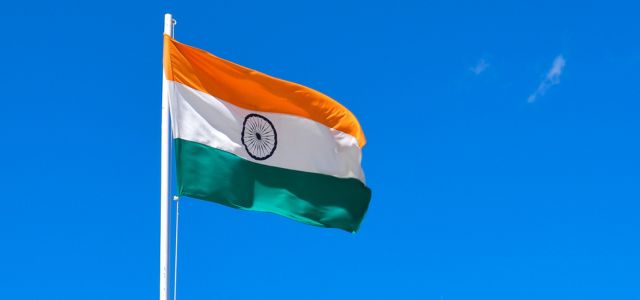In the dynamic landscape of intellectual property rights, patents stand as pillars of innovation, providing inventors with exclusive rights to their creations. Patents not only incentivize inventors to bring their ideas to fruition but also foster economic growth by encouraging investments in research and development. To adapt to evolving technologies and global trends, patent laws and regulations undergo periodic revisions. On March 15, 2024, significant amendments to India’s Patent Rules were introduced, aiming to streamline processes, strengthen protection, and foster a conducive environment for innovation.
Accelerating procedures for examination
One notable change in the amendments pertains to amending examination procedures. Recognizing the importance of accelerating the process of patent examination, the new rules introduce provisions for accelerated processing. Under these amendments, applicants can request an examination within 31 months of the priority date. This provision aims to reduce the backlog of patent applications and facilitate timely protection for innovations that hold substantial value.
Embracing digitalization
In alignment with the global shift towards digitalization, the amended patent rules prioritize internet use. By transitioning to digital platforms for patent application submissions, filings, and communications, the process becomes more efficient, transparent, and accessible in all countries. Hence, one can access all the applications across the world. Now, the deadline for filing a statement under Section 8 for providing information regarding foreign applications is three months from the date of issuance of the first statement of objections or two months from the date of communication from the Controller. The delay is extendible for three months. For Section 8(2), the Controller may use accessible and available databases. The applicant is now not required to submit Form 3, periodically.
Strengthening patent protection inventions
The 2024 amendments introduce measures to enhance patent protection for divisional applications. In response to evolving jurisprudence and international standards, the new rules provide clearer guidelines for filing divisional applications. The applicant can now voluntarily file a divisional application, including for inventions disclosed in provisional, complete specifications, already filed divisional application. It is now clarified that a divisional of divisional is also allowable.
Further, according to new Rule 29A, the grace period for filing an Indian patent application is provided under Section 31 for the inventions already published in front of a learned society. The applicant is now required to file a Form 31 along with evidence for claiming the grace period.
Strengthening possession of the patent and reducing hassle to the patent holder
Now, the inventor can file a request along with Form 8A to issue a certificate of inventorship to an inventor. This move provides strength and encouragement to the inventor by publishing their name on the certificate.
Further, to reduce hassle to the applicant, there is an alteration in the procedure for consideration of representations in pre-grant opposition. Now, the representation is to be considered by the Controller and to be notified to the opponent/applicant within one month.
Further, there is an official fee for filing a pre-grant opposition. Now, the opponent has to think twice before filing an opposition and the applicant will be relieved from the unnecessary hassle.
Reducing the burden on the patent holder
The patentee can now receive a discount of 10% if paid in advance for at least four years via electronic mode. This amendment is a relief for the applicant who wishes to pay an advance fee.
Further, the applicant has to file a statement of working for every three financial years, starting from the year the patent is granted. Further, Form 27 is now simplified, and the patentee is no longer required to provide value or sales data accrued in India for the reported patent. Previously the Form had to be submitted every year.
Conclusion
Overall, the amendments are a good move for receiving a smooth grant such as the frequency of submitting the status and details of the corresponding foreign patent applications. Further, the amendments have provided relief in doing advance payment for annuities and the requirements of filing annual working statements, along with some heavy costs for the delays under Rule 138.
The recent amendments to India’s Patent Rules in 2024 represent a proactive response to the evolving landscape of innovation, technology, and intellectual property rights. By streamlining procedures, embracing digitalization, and strengthening enforcement mechanisms, these amendments seek to foster a conducive environment for innovation while ensuring adequate protection for inventors’ rights. As technology continues to advance and new challenges emerge, it is imperative for patent laws and regulations to remain adaptable and responsive, striking a balance between fostering innovation and safeguarding the interests of all stakeholders in the innovation ecosystem.

Written by Swati Varshney
Founder, 1stopIP Solutions
You may also like…
The quiet power of confidentiality clubs in SEP litigation
In standard essential patent (SEP) disputes, especially those involving FRAND (Fair, Reasonable, and...
A $10 million patent win reduced to a $1 lesson in damages
In a decision that will resonate as a stark warning to patent litigants, the US Court of Appeals for the Federal...
Chevron’s ghost and the return of deference
Chevron U.S.A. Inc. v. Natural Resources Defense Council, 467 US 837 (1984) instructed courts to defer to an agency’s...
Contact us to write for out Newsletter














